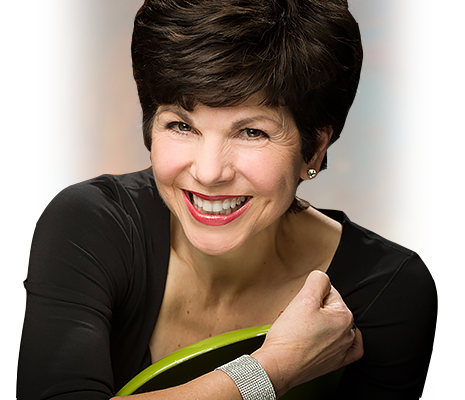 Touching someone physically during a professional networking or business encounter can have a powerful and positive impact on the outcome. Of course, the touch needs to appropriate and welcomed.
Touching someone physically during a professional networking or business encounter can have a powerful and positive impact on the outcome. Of course, the touch needs to appropriate and welcomed.
The rules for when, where and how to touch people that you work with and/or network with are all over the board.
With the risks and consequences of sexual harassment, most business professionals have opted for the “no physical contact whatsoever” guideline. Many people opt out of touching altogether just to play it safe.
This week’s tip is going to ask you to re-consider the power of touch and its impact on you and others that you work and play with.
The elbow is the safest place to touch someone
According to Linda Clemons, keynote speaker and body language expert, the safest place to touch someone is on the tip of the elbow. She recommends a very light touch. No grabbing or pulling. In fact, you don’t have to actually touch at all, but your energy will be transmitted by a light hovering above the other person’s arm.
Allan Pease, author of The Definitive Book of Body Language, agrees. He suggests that “skillful elbow-touching can give you up to three times the chances of getting what you want.” In his book, he explains a bit more as to why skillful elbow touching works:
“There are three reasons this technique works: first, the elbow is considered a public space and is far away from the intimate parts of the body; second, touching a stranger is not considered acceptable in most countries so it creates an impression; and third, a light, three-second elbow touch creates a momentary bond between two people.” – Allan Pease, The Definitive Book of Body Language (pages 104-105)
In research conducted by Allan Pease, he found that in many places “touching a stranger above or below the elbow did not produce the same positive results as with directly touching the elbow and often received negative reactions. Also touching for more than three seconds also received negative response, with the person suddenly looking down at your hand to see what you are doing.”
Appropriate versus inappropriate workplace touching
Other than elbow touching, what else is considered appropriate touch in a professional setting? To answer that question, I found an entertaining short video on YouTube that reminds us of the obvious of what is appropriate and not appropriate to do in terms of touching your colleagues at work. Watch this video by The Daily Buzz and have a chuckle.
The handshake is the most common form of professional touching
Shaking hands is the classic professional greeting for hello, goodbye and we-have-a-deal. Yet, many professionals have a pretty lousy handshake: too hard (the vice grip), too soft (the dead fish), incomplete (the finger tip grab), too aggressive (the bone crusher). Here’s my advice on how to give a professional handshake in the United States:
- Complete: You want to make full contact, that is web-to-web, with the groove between your index finger and your thumb coming together without any gaps in that space;
- Equal: Make sure that both people’s palms are in the vertical position. Neither party should attempt to dominate or be submissive, which is communicated unconsciously when one hand is underneath or on top of the other people’s palm. There should be no bending at the wrist;
- Receptive: Apply the same pressure that you receive. The handshake should feel good to both of you. It should never create physical pain or displeasure.
Watch the video I produced a few years back on the Do’s and Don’ts of a Professional Handshake.
*note: different rules apply to handshaking in other countries – do your research on what is appropriate in this countries before you travel.
Your networking GOAL for this week:
Become more aware of the power of touch this week. Notice when other people touch you, where and how, and what it does for you. Do you like it or not? Does it bring you closer and more connected or does it feel inappropriate? What can you learn from this?
If you are feeling up to it, experiment with light elbow touching this week. Remember, no more than 3 seconds and a very gentle touch right on the other person’s elbow. Remember to lighten up on your touch whenever possible. Less is definitely more in this case. (no back slapping!)
In your mind, suggest to yourself that this is a powerful, positive gesture and that your intentions are good and above board. Never touch someone when your intentions are negative or hurtful. That’s when to keep your hands (and negative energy) to yourself.
Lastly, keep working on your professional handshake. Be a student of this all-important interpersonal communication gesture.
- Let me know what results you get from implementing this networking tip – NetworkingAhead.com/facebook

